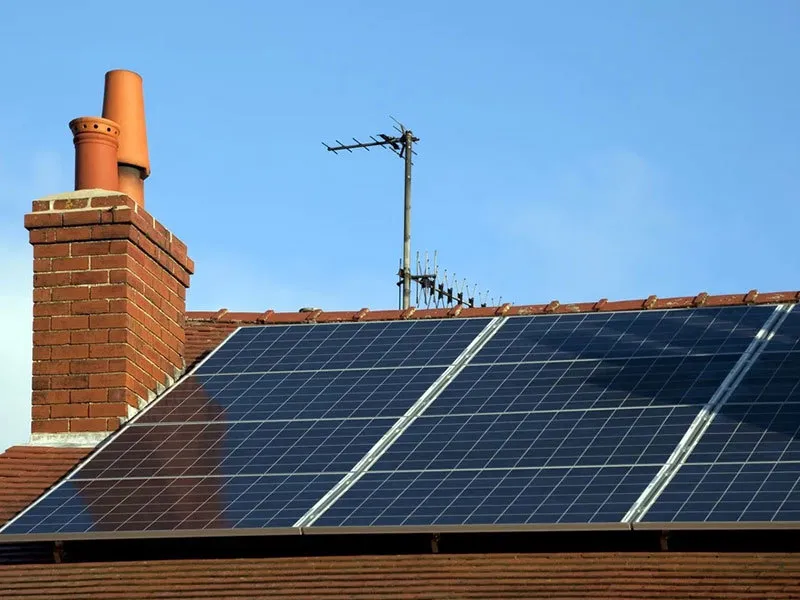Choosing the Right Size of Solar Panels for Your Home Installation
Understanding Solar Panel Sizes for Your Home A Comprehensive Guide
As the world continues to shift towards renewable energy sources, solar power systems have gained immense popularity among homeowners. Solar panels offer a sustainable solution to lower electricity bills, reduce carbon footprints, and increase property value. However, when it comes to installing solar panels, one of the most vital considerations is the size of the panels and the corresponding system requirements for your home.
The Basics of Solar Panel Sizes
Solar panels come in various sizes, typically ranging from about 60 to 72 cells. The size of the panel directly affects its power output, with most standard residential panels producing between 250 to 400 watts of power. The wattage indicates how much energy the panel can generate under ideal conditions.
Common Sizes of Solar Panels
1. 60-Cell Panels Commonly found in residential installations, these panels are about 65 inches by 39 inches. They generally produce between 250 to 300 watts. 2. 72-Cell Panels These larger panels measure approximately 77 inches by 39 inches and can generate between 300 to 400 watts, making them suitable for larger energy needs or commercial applications.
3. Compact Designs Recently, manufacturers have also introduced smaller solar panels for unique applications, such as portable systems or energy needs in tight spaces, typically producing lower wattages but offering flexibility.
Determining How Many Panels You Need
When considering solar panel installation, the first step is evaluating your energy needs. This entails reviewing your electricity bills to understand your average monthly consumption, typically measured in kilowatt-hours (kWh). To get a basic idea of how many panels you might need, follow these steps
1. Calculate Your Energy Usage Find the total kWh you'll be using per month. For instance, if your home uses 900 kWh a month, that’s the figure you’ll start from.
2. Determine Solar Panel Output If you consider using standard 300-watt panels, under optimal conditions, each panel produces about 1.2 kWh per day. So, the output per month would be roughly 36 kWh per panel.
solar panels size for home

3. Estimate the Number of Panels Required Divide your total monthly usage by the output from each panel. In this case, 900 kWh divided by 36 kWh per panel results in approximately 25 panels needed to meet your energy demands.
Factors Influencing Solar Panel Size and Number
While the basic calculations provide an estimate, several additional factors will influence your final decision
1. Roof Space The amount of available roof space will dictate the number of panels you can install. A larger roof can accommodate more panels and, consequently, a more powerful system.
2. Panel Efficiency Some solar panel models have higher efficiency ratings than others, meaning they produce more electricity even in limited space. Investing in higher-efficiency panels can reduce the total number required.
3. Geographical Location The amount of sunlight your location receives affects the energy production of your solar panels. Regions with more sunlight can produce higher output, while areas with frequent cloud cover will generate less.
4. Orientation and Angle of Installation The direction your roof faces (south is generally optimal in the northern hemisphere) and the pitch of the roof can influence solar panel efficiency and output.
Conclusion
Solar panels represent a pivotal shift towards sustainable energy sources for homeowners. Understanding the sizes and types of solar panels available and how they correspond to your specific energy needs is essential. By considering factors such as your energy consumption, roof space, panel efficiency, and geographical conditions, you can make an informed decision on the ideal solar panel size for your home.
Transitioning to solar energy is not just about financial savings; it's a significant step towards environmental responsibility and energy independence. With the right solar panel solution, you can harness the power of the sun, benefiting both your household and the planet.
-
String Solar Inverter: The High-Efficiency Solution for Smart Solar EnergyNewsJul.14,2025
-
Revolutionizing Rooftop Energy with the Power of the Micro Solar InverterNewsJul.14,2025
-
Power Independence with Smart Off Grid Solar Inverter SolutionsNewsJul.14,2025
-
On Grid Solar Inverter: Powering the Future with Smart Grid IntegrationNewsJul.14,2025
-
Monocrystalline Solar Panels: High-Efficiency Power for the Future of Clean EnergyNewsJul.14,2025
-
Bifacial Solar Panel: A Smarter Investment for Next-Generation Energy SystemsNewsJul.14,2025







